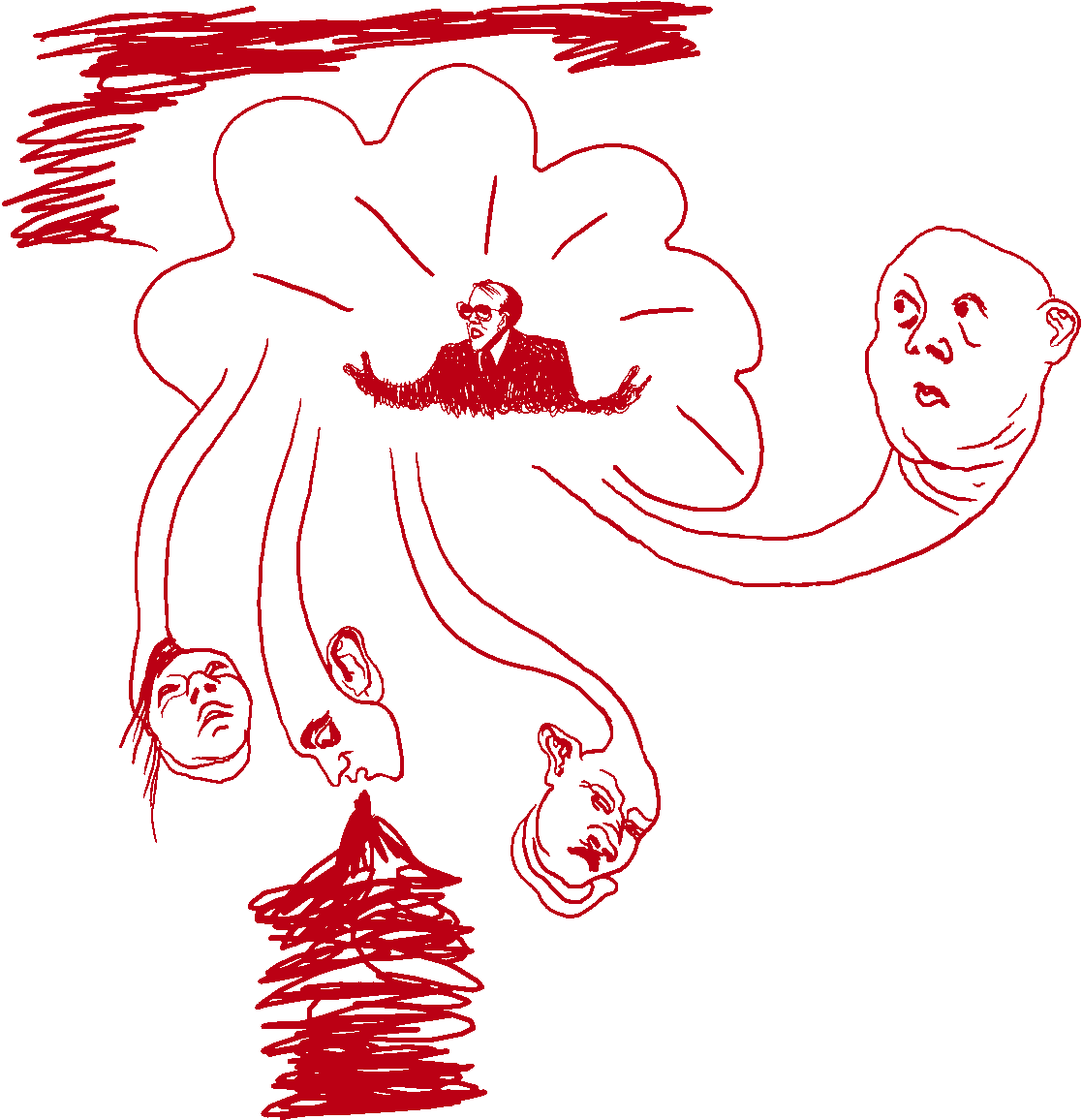
At 9:32 a.m. on July 16, 1969, NASA's Apollo 11 spacecraft was launched by a Saturn V rocket from the Kennedy Space Center in Florida. On board were astronauts Neil Armstrong, Buzz Aldrin and Michael Collins. Four days later, on July 20, they would become the first men to land on the moon.

Former U.S. President Lyndon B. Johnson and then-Vice President Spiro Agnew were among the spectators at the historic launch.

A photo of the full moon taken from Apollo 11. At the time, the spacecraft was 10,000 nautical miles from Earth.

A spectacular view of home, taken halfway between Earth and the moon.

Aldrin is photographed by Armstrong inside Apollo 11's lunar module, just prior to the moon landing. In orbit, Aldrin later took what would become known as the world's first space selfie.

Aldrin is photographed on the moon after Armstrong went first and called it "one small step for man, one giant leap for mankind." Armstrong and Aldrin explored the Sea of Tranquility region of the moon. Meanwhile, Collins remained inside the command module for the duration of the mission.

A close-up view of Aldrin's boot print in the lunar soil.

Back on Earth, NASA officials celebrate the successful conclusion of Apollo 11's eight-day mission.

The U.S. Navy assists the returning astronauts after their re-entry vehicle landed safely in the Pacific Ocean on July 24, 1969.

President Richard Nixon welcomes the astronauts back to Earth: from left, Armstrong, Collins and Aldrin. The astronauts were received by the President from their mobile quarantine unit, which was thought to help prevent the spread of contagions caught on the moon. The quarantine practice was discontinued a couple years later after Apollo 14's mission.





